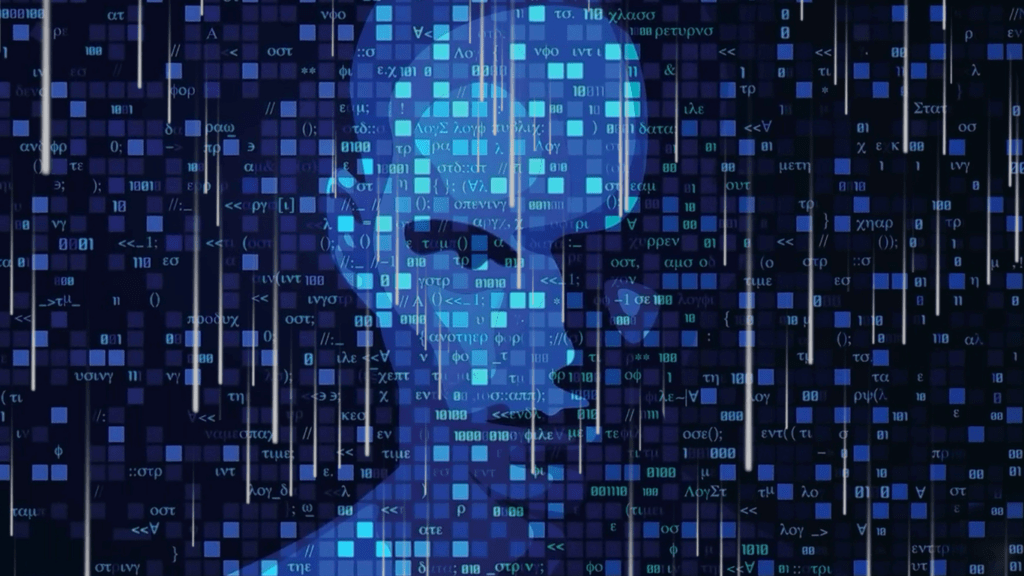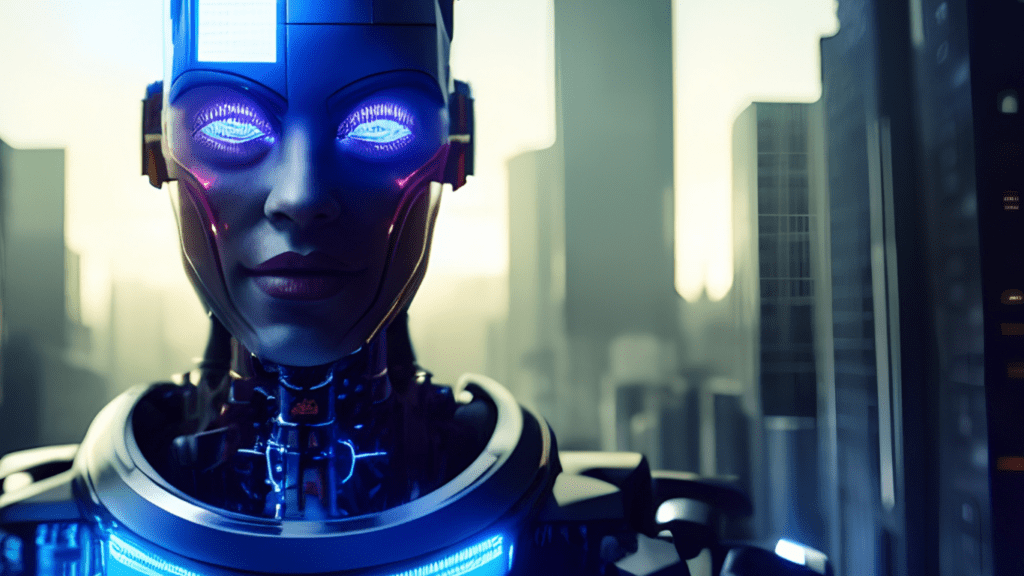Role of AI in Shaping Modern Creativity
Artificial Intelligence profoundly impacts how we approach creativity today. By leveraging AI, artists can push boundaries, exploring new dimensions of their craft.
AI in Visual Arts
AI transforms visual arts by offering tools for image generation and enhancement. AI-based applications like DeepArt and DALL-E can generate breathtaking visuals from simple prompts. These tools use deep learning algorithms to analyze existing artworks, then create new pieces mimicking various styles, from abstract to hyper-realistic.
Machine learning simplifies tasks like image restoration and colorization, making it easier for artists to revive and modernize old or damaged works. For instance, AI algorithms can accurately colorize black-and-white photos using historical data.
AI-driven design tools also assist in pattern creation and layout arrangements. Programs like Runway ML enable artists to experiment with unique designs, pushing creative limits without extensive manual effort.
AI in Music and Sound Design
AI’s influence on music and sound design is equally transformative. AI-powered platforms like Amper Music and AIVA compose music by analyzing vast datasets of compositions. These platforms can create unique pieces across various genres, providing composers with a fresh source of inspiration.
Sound designers use AI to generate realistic sound effects and audio landscapes. Programs like Google’s NSynth synthesize new sounds that traditional instruments can’t produce. This capability expands the auditory palette for multimedia projects, including films and video games.
Additionally, AI simplifies music production. Tools like LANDR use machine learning to master tracks, offering high-quality production value without the need for extensive technical knowledge.
Impact of AI Tools on Artists and Designers
AI tools enhance the abilities of artists and designers, allowing them to experiment and innovate in ways previously thought impossible.
Enhancing Artistic Capabilities
AI algorithms analyze vast datasets, providing artists and designers with unique insights. For instance, tools like DeepArt and Prisma transform photos into paintings mimicking famous artists’ styles. I see how AI-powered image recognition and generation offer techniques that speed up traditionally laborious processes.
By using AI, artists can effortlessly create intricate designs, iterate rapidly, and explore various artistic styles without extensive manual effort. Machine learning models, as utilized by companies like Adobe Sensei, assist in tasks such as:
- automatic image tagging
- smart cropping
- content-aware fill
significantly reducing the time spent on mundane tasks.
Democratizing Art Creation
Access to AI tools levels the playing field for emerging artists. Platforms like Runway ML and GANPaint Studio enable individuals with little to no technical expertise to create professional-grade art.
This reduces barriers to entry, making digital art creation more accessible. AI-driven platforms offer tutorial integrations and user-friendly interfaces, allowing beginners to learn and create simultaneously. I notice that this democratization fosters a more inclusive and diverse art community, where more voices and perspectives contribute to the art world.
Ethical Considerations in AI-Generated Art

AI’s role in digital art raises several ethical questions, especially regarding ownership and authenticity.
Ownership and Copyright Issues
Determining who owns AI-generated art presents challenges. If an AI creates a piece, it’s unclear if the credit belongs to the programmer, the user, or the AI itself.
Traditional copyright laws do not fully address these scenarios. For instance, current laws typically grant copyright to human creators, leaving a gray area for AI-generated works. Legislation must evolve to clarify ownership rights in this new context. Without clearly defined guidelines, disputes over AI-created art may increase.
Authenticity and Artistic Integrity
AI-generated art also poses questions about authenticity and integrity. Traditional art values the artist’s intent and emotional input, but AI lacks personal experiences and emotions.
Skeptics argue that AI art lacks the depth of human-created works. However, proponents believe it represents a new form of creativity. For example, AI can replicate famous artists’ styles, raising concerns about counterfeits. The art community needs to develop standards to ascertain and maintain artistic integrity in AI-generated creations.
Future Trends in AI and Digital Arts
AI’s influence on digital arts continues to grow, forecasting innovative transformations in the creative industry.
Predictions and Innovations
AI models will integrate more deeply into artistic environments, promoting seamless collaboration between artists and AI tools. Two significant developments stand out:
- Adaptive Learning: AI algorithms will refine their abilities by learning from individual artist styles. This personalization will allow artists to maintain unique creative signatures while leveraging AI enhancements.
- Real-Time Creation: Advances in processing power will enable real-time art creation. For instance, AI-driven software will facilitate on-the-fly adjustments during live performances or interactive installations, offering dynamic creative flexibility.
These innovations promise to expand the horizon of artistic possibilities, making art creation more intuitive and accessible.
Enhanced Art Forms
Emerging AI technologies will likely introduce entirely new art forms. Generative Adversarial Networks (GANs), already known for their innovative outputs, will evolve further:
- Hybrid Art: Combining different art forms, like merging visual art with music, will create multisensory experiences. Artists will use AI to blend mediums in unprecedented ways.
- Immersive Environments: Virtual Reality (VR) and Augmented Reality (AR), enhanced by AI, will provide deeply immersive artistic spaces. These spaces will offer interactive art experiences, engaging audiences on multiple sensory levels.
Democratization of Art Tools
AI-driven platforms will continue to democratize access to sophisticated art tools. This accessibility will empower a broader range of individuals to create high-quality art:
- User-Friendly Interfaces: More intuitive AI tools will lower the barrier to entry for aspiring artists. Easy-to-use interfaces will enable users to produce complex works without extensive training.
- Cost Reduction: AI will reduce production costs, making advanced art creation tools more affordable. This trend will result in broader adoption and diversification of the artistic landscape.
Ethical and Legal Implications
As AI’s role in art grows, ethical and legal frameworks will need to adapt:
- Copyright Laws: Adaptations in intellectual property laws will address the unique challenges posed by AI-generated art. Revised regulations will define ownership and ensure fair distribution of artistic rights.
- Ethical Standards: The art community will establish ethical guidelines to address issues like originality and representation. These standards will help maintain the integrity of art as AI continues to evolve.
Conclusion and Continuous Developments
AI’s ongoing advancements will continually reshape the digital arts landscape. By fostering innovation, democratization, and new ethical standards, AI will redefine what art can be, setting the stage for a future where creativity knows no bounds.

 Anna Freehill, a key contributor to Avant Garde Artistry Hub, plays a vital role in shaping the platform’s vision. As an author and collaborator, she helps bridge the worlds of art and technology, offering insightful articles that guide artists through the rapidly evolving creative landscape. Anna’s dedication to highlighting art's therapeutic value has contributed to the platform’s focus on mental and emotional well-being through creative expression.
Her involvement in building Avant Garde Artistry Hub has been instrumental in providing valuable resources to artists seeking to enhance their careers. Whether through her writing on business strategies or her support in platform development, Anna is committed to fostering a space where artists can thrive and embrace the future of art.
Anna Freehill, a key contributor to Avant Garde Artistry Hub, plays a vital role in shaping the platform’s vision. As an author and collaborator, she helps bridge the worlds of art and technology, offering insightful articles that guide artists through the rapidly evolving creative landscape. Anna’s dedication to highlighting art's therapeutic value has contributed to the platform’s focus on mental and emotional well-being through creative expression.
Her involvement in building Avant Garde Artistry Hub has been instrumental in providing valuable resources to artists seeking to enhance their careers. Whether through her writing on business strategies or her support in platform development, Anna is committed to fostering a space where artists can thrive and embrace the future of art.